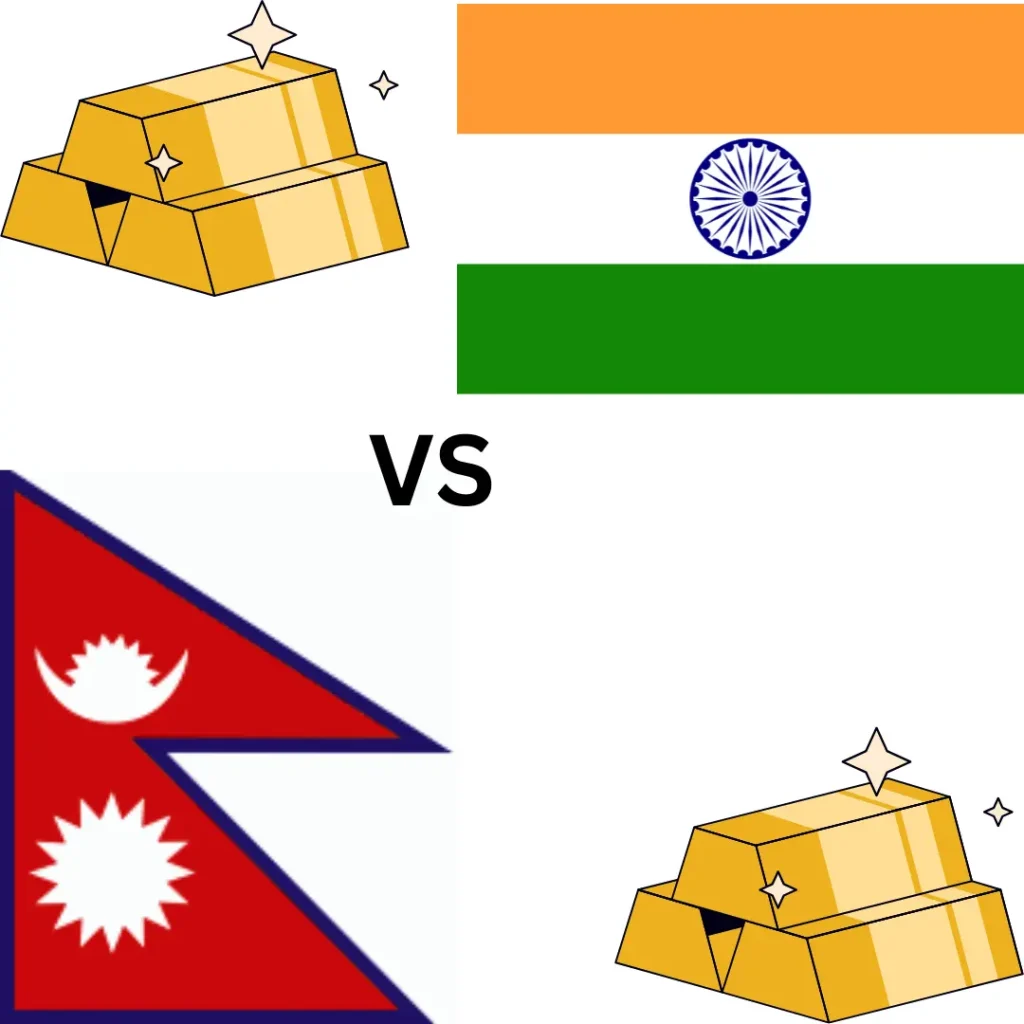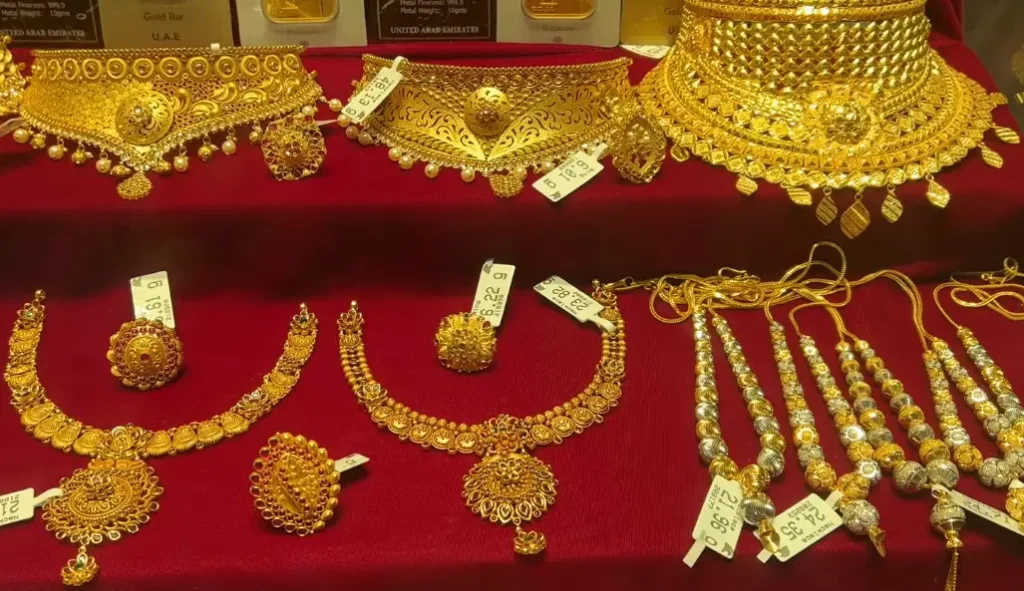Gold Price in Nepal vs. India: A Comparative Analysis
Gold, revered as a symbol of wealth and cultural significance, plays a vital role in the traditions and economies of Nepal and India. Its value extends beyond mere investment, deeply embedded in social practices like weddings and festivals. Given the close ties between these neighboring countries, analyzing their gold markets offers valuable insights into pricing trends, regulatory policies, and consumer preferences. This article explores the differences in gold prices, the impact of import duties, and reliable options for purchasing authentic gold in both nations.

Gold Prices: Nepal vs. India
Gold prices fluctuate due to global market conditions, currency exchange rates, and local supply-demand dynamics. As of June 19-20, 2025, the cost of 10 grams gold price in Nepal was approximately NPR. 167,610. In India, 24-karat gold was priced at around INR 101,240 for the same quantity. Converting the Indian price using an exchange rate of 1 INR = 1.60 NPR, this equates to roughly NPR. 167,610, indicating that gold was slightly more affordable in India at the time. These prices are dynamic, so buyers should always check current rates before purchasing.
Impact of Import Taxes and Duties
Import duties significantly influence gold prices in both countries, as governments use these taxes to regulate imports, manage foreign reserves, and generate revenue. The variation in tax policies between Nepal and India is a key driver of price disparities.

Nepal’s Tax Structure
Nepal imposes relatively high import duties on gold. Until recently, the customs duty stood at 20%, significantly higher than India’s rates, encouraging unofficial gold trade across the border to avoid these costs. In late 2024, Nepal reduced this duty to 10%, but a new 2% luxury tax on gold jewelry, effective from July 17, 2025, brings the total tax to 12%. This tax burden continues to make gold purchased through official channels in Nepal more expensive.
India’s Tax Structure
India has also adjusted its gold import policies. As of July 23, 2024, the customs duty was lowered to 6% from 15%, with an additional 1% Agriculture Infrastructure & Development Cess. For individuals bringing gold into India, duties vary: no tax for up to 40 grams, 3% for 40-100 grams, 6% for 100-200 grams, and 10% for over 200 grams. This lower tax rate makes gold imports into India more cost-effective, contributing to lower retail prices compared to Nepal.
Buying Gold Near the Nepal-India Border
The price gap, driven by differing tax rates, prompts some Nepali buyers to seek gold in Indian border towns where prices are often lower. However, caution is advised when purchasing from informal vendors due to the risk of counterfeit or impure gold. Buyers should prioritize certified sellers to ensure quality, even if it means paying slightly more.
Trusted Sources for Authentic Gold
Both Nepal and India offer reliable options for purchasing high-quality gold. Choosing reputable vendors and certified products is crucial to ensure authenticity and value.
In Nepal
- Established Jewelers: Reputable stores like Ganapati Jewellers, Panchakanya Jewellers, and Shalimar Jewellers in cities like Kathmandu provide certified, hallmarked gold, ensuring quality and transparency.
- Digital Platforms: Services like MyPay Gold allow users to buy, sell, and store gold digitally, offering a secure alternative for investors concerned about physical storage.
Buyers should always request a hallmark certificate and a detailed invoice to verify the gold’s purity.
In India
- National Jewelry Chains: Trusted brands like Tanishq, Malabar Gold & Diamonds, and Joyalukkas offer hallmarked gold with transparent pricing and a wide range of designs.
- Gold Markets: Cities like Mumbai (Zaveri Bazaar), Delhi (Karol Bagh, South Extension), and Chennai (T. Nagar) are renowned for their gold markets, featuring numerous reputable jewelers.
- Digital Platforms: Options like Tanishq Digital Gold, DigiGold, and MMTC-PAMP Digital Gold provide secure ways to invest in 24-karat gold online.
- Banks: Many Indian banks sell certified gold coins and bars, offering a reliable option for investors seeking guaranteed purity.
Ensure that gold purchased in India carries the Bureau of Indian Standards (BIS) hallmark, which certifies its purity.
Conclusion
The gold markets in Nepal and India reflect a blend of global trends and local policies. India’s lower import duties generally make gold more affordable compared to Nepal, where higher taxes drive some consumers to informal cross-border purchases. However, prioritizing authenticity over minor price differences is critical. By choosing trusted jewelers, certified products, and digital platforms, buyers in both countries can make secure and informed investments. Staying updated on market trends, tax policies, and reputable vendors is essential for navigating the dynamic gold market.
